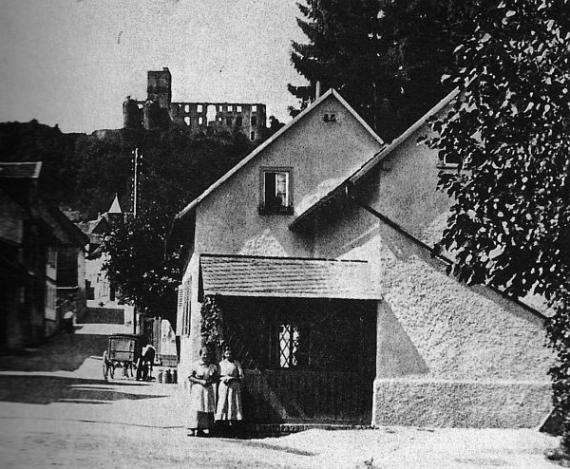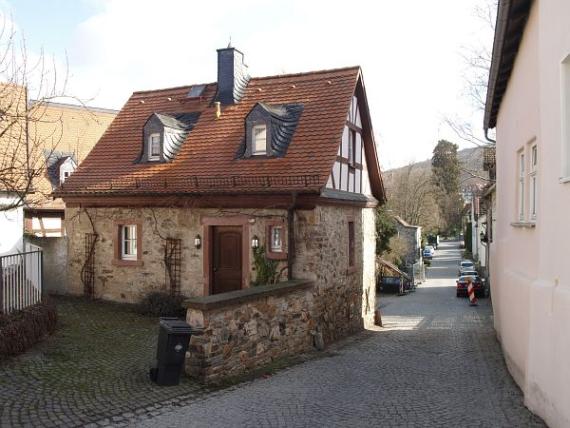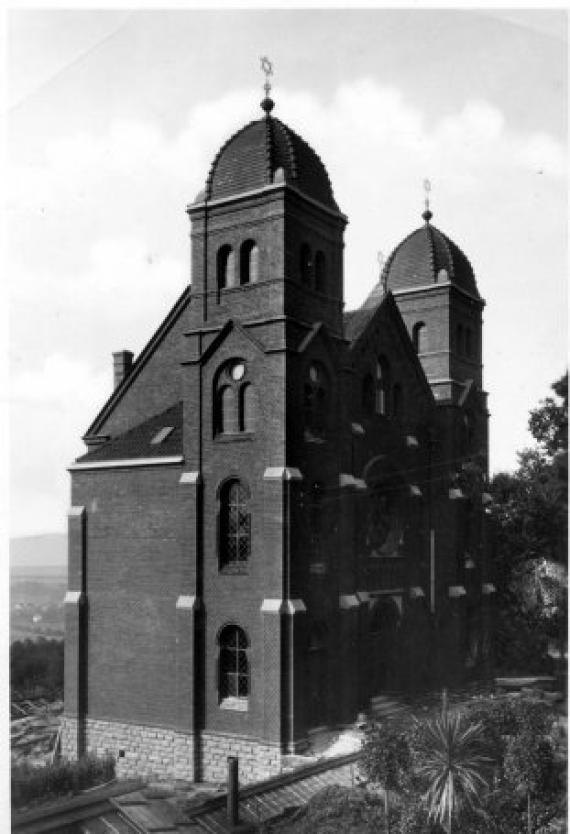Seilerbahnweg 9
61462 Königstein
Germany
Nothing is known about medieval facilities in Königstein.
In the 18th century the Jews of Königstein attended the synagogue in Kronberg, since the beginning of the 19th century mostly the synagogue in Falkenstein. As the number of Jewish residents in Königstein increased, they endeavored to establish a prayer hall or synagogue in Königstein. At the latest in 1848 - probably already after 1837 - Jewish families in Königstein held religious services, which at that time (1848) were forbidden by the government as "Winkelgottesdienste". The house in which these services were held, was in all likelihood the building of the ritual bath in the Gerichtsstraße 15.
.According to the account in Altaras s. Lit. p. 124ff, this building was bought by the Königstein Jews in 1837 and (officially only) developed into a ritual bath. After the purchase, however, the building is listed (fire cadastre of 1838) tax-free as a "school". In 1880/81, the building is even called "synagogue" in the land tax roll.
In 1861, the Königstein families endeavored to establish their own (new) synagogue, especially since a dignified prayer house should be established by the numerous Jewish visitors who came to Königstein in the summer. In 1869 a first building site could be acquired with the support of Sigismund Kohn-Speyer, an honorary citizen of Königstein. However, negotiations dragged on until around 1900, as the necessary financial means for the construction were lacking. Finally, a new building site was acquired on Seilerbahnweg; the old building site was sold. Thanks to a donation of 50,000 Marks by Baroness Mathilde von Rothschild, construction was finally possible. A two-tower brick building with a high, bright interior was built. The prayer room had 72 seats for men and 34 for women. In the basement of the synagogue was a ritual bath.
.


Add new comment